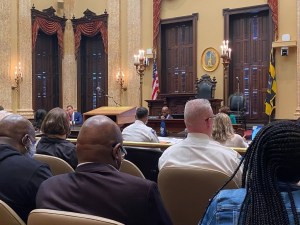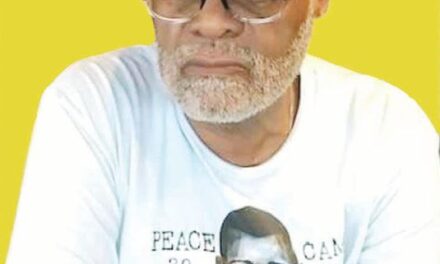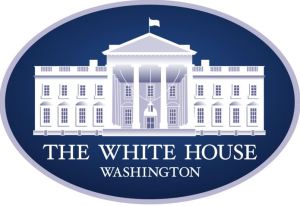By Tashi McQueen, AFRO Political Writer,
Report For America Corps Member,
tmcqueen@afro.com
The City Council’s Public Safety and Government Operations Committee recently held its quarterly crime statistics and violence prevention plan hearing.
The Baltimore Police Department, the Mayor’s Office of Neighborhood Safety and Engagement (MONSE) and other collaborating partners provided their reports on their efforts to improve public safety.
Led by Chairman Mark Conway (D-MD-04), the city council listened to the reports and inquired for further clarification and understanding. They also highlighted what should be the primary concerns for the program facilitators.
MONSE has increased collaboration with agencies like the Maryland Department of Housing and Community Development, the Department of Transportation and the Department of Public Works through MONSE’s Crime Prevention through Environmental Design (CPTED) tactic.
CPTED attempts to improve community violence by improving the environment around possible offenders. As local government bodies band together to try climate improvements, they will come through things like better roads and cleaning up the streets.
MONSE launched the Group Violence Reduction Strategy (GVRS) in partnership with the Baltimore Police Department and the State’s Attorney’s Office, and a large part of the meeting was dedicated to how the initiative will create change.
“The mission of GVRS is important for the fathers, mothers, brothers, and sisters across Baltimore that suffer at the hands of violence,” said Councilman Zeke Cohen (D-MD-01). “I believe MONSE is on it, but we need to ensure this program succeeds.”
They piloted the program in the Western District in January.
MONSE’s initiative is to address the norms of violence in Baltimore by focusing resources on individuals identified as being at the highest risk of involvement in gun violence.
According to information released by MONSE, the reduction strategy is an approach to reducing homicides and non-fatal shootings by “supporting high-risk individuals in their daily lives, communicating community norms in support of safety and success, and creating sanctions for violence.” The GVRS website notes that “violence is often driven by a minimal number of groups and people.”
Shantay Jackson, director of MONSE, presented a report from the mayor’s office.
Jackson highlighted issues that included redistricting and expansion concerns.
“Redistricting poses a change for the distribution of personnel and resources between districts,” said Jackson. “This is important to consider as we plan to expand in Jan. 2023.”
Though it starts in January, she said the expansion requires patience to avoid causing irreparable damage to the plan.
Jackson said that people take advantage of GVRS’ resources to break generational cycles and meet their needs through community providers.
Mayor Scott committed $500,000 on an annual basis to support the Center for Hope’s child advocacy center as it strives to care for and support violence-impacted families.
Still, questions remain.
“At what point do they wean them off from the resources?” asked Conway. “Understanding what that finish line looks like is important.”
Jackson said success is achieved from individual to individual. Participants succeed when they don’t recede into violence and have stable wages though success will look different for each person.
October council statistics have shown that property crimes have increased in the Western District. Theft, theft of auto, and burglary have increased though carjacking did go down by approximately 50 percent from 2021-2022.
Help us Continue to tell OUR Story and join the AFRO family as a member –subscribers are now members! Join here!
The post Baltimore City Council members discuss violence prevention initiatives and changing the landscape of Baltimore in quarterly public safety hearing appeared first on AFRO American Newspapers .











